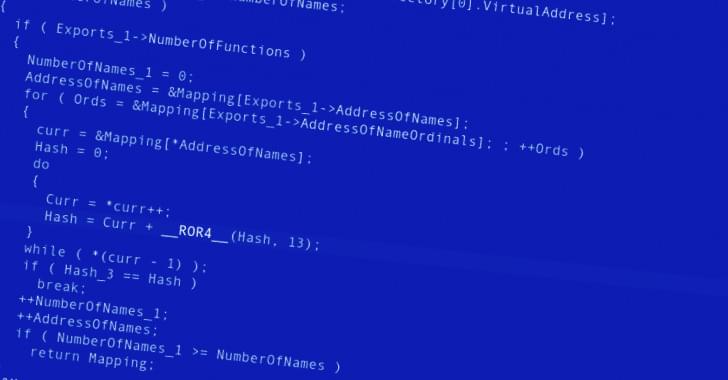May 15, 2022
Hackers Are Starting To Target EV Charging Stations
Posted by Genevieve Klien in category: cybercrime/malcode
As the world rapidly shifts to EV transport, the automotive industry is experiencing some major teething issues. The global charging network is having to keep pace with more and more EVs on the road, and as manufacturers expand their networks, cracks are starting to appear in their grand schemes. We recently reported that a long string of EV chargers outside of Moscow were hacked by Ukrainian programmers to display anti-war and anti-Putin messaging, and there have even been cases in the UK where charging station displays showed graphic images. Hacking EV infrastructure is becoming more commonplace, and it could be a bigger issue than many might think.


















